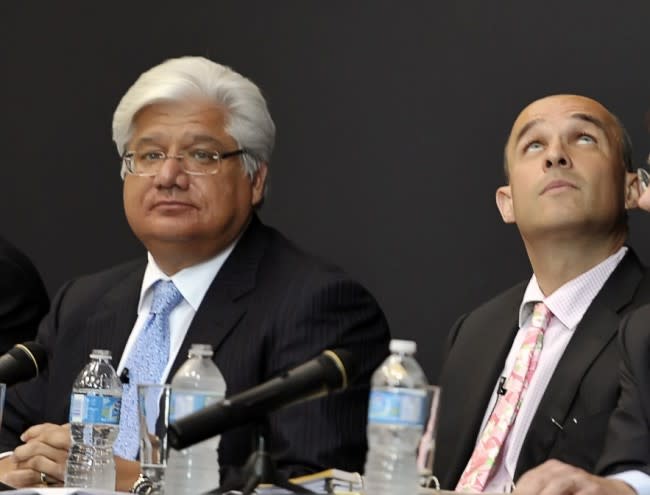Watch out, Apple: BlackBerry shows how big stock buybacks can backfire

Let’s hope Apple CEO Tim Cook knows what he’s doing if he follows activist investor Carl Icahn’s proposal to increase the company’s share buyback program. The New York Times’ Floyd Norris makes a very compelling argument that BlackBerry’s massive stock buyback program circa 2008-2009 left it at a huge disadvantage when it came to keeping up with its competitors in the mobile world. In particular, Norris says that BlackBerry’s share buyback program gave executives big incentives to focus on short-term gains and rather than look ahead to long-term challenges. What’s more, going through with share buybacks in lieu of issuing dividends had the perverse effect of punishing long-term loyal shareholders while rewarding speculators.
[More from BGR: iPhone 5S, iPhone 5C leak again in massive photo gallery]
“BlackBerry’s financial strategy was not particularly unusual, although it does stand out in the way it abused the rules on executive stock options,” Norris writes. “Perhaps it would never have paid dividends anyway, but those options gave the company’s executives good reasons to avoid dividends and concentrate on share buybacks. The result was a classic ‘sell low and buy high’ strategy, one that did wonders for the executives.”
[More from BGR: Here is Steve Ballmer’s full retirement letter to Microsoft staff]
But as with everything, there was an opportunity cost to the company’s share buybacks. And in BlackBerry’s case the timing of the buybacks couldn’t have been worse since they came right when the company was about to face blistering competition from both the iPhone and the then-burgeoning Android mobile operating system.
“[BlackBerry] took in $365 million from the exercise of options… it paid $3.5 billion to repurchase shares,” Norris writes. “Under accounting rules, that $3 billion difference had no effect on reported profits, but it had a big effect on the resources available to the company for other purposes, like spending on research and development.”
This article was originally published on BGR.com

